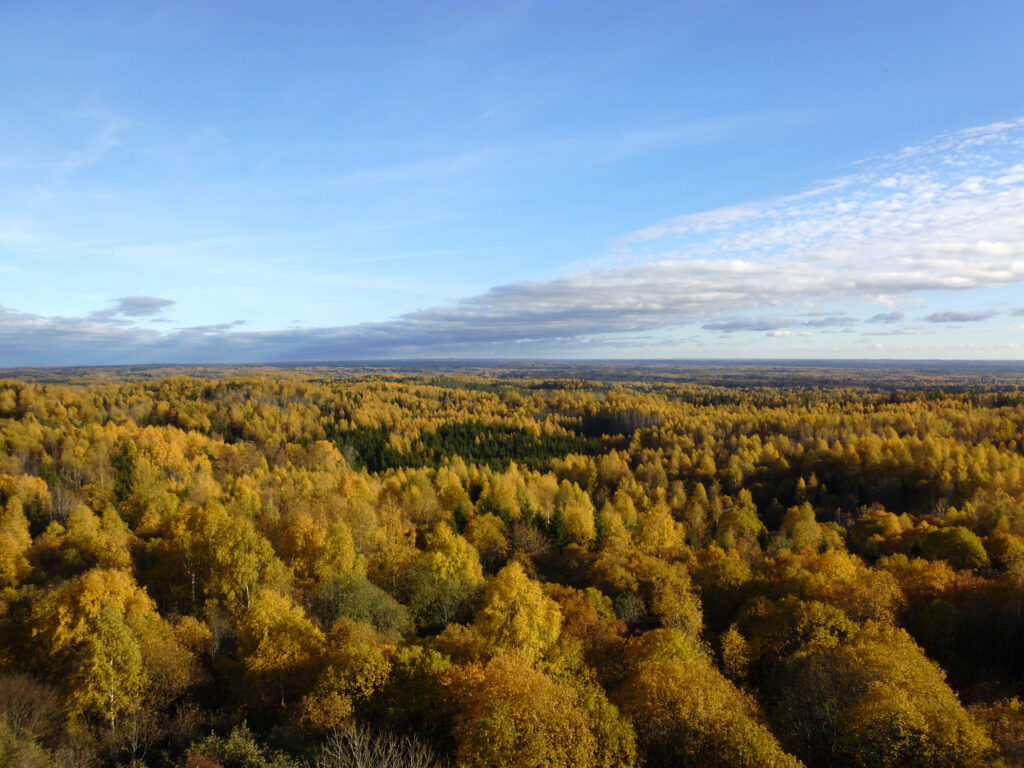Working Group 2: Forest Landscapes

Team Leaders: Toomas Muru and Peeter Vassiljev (EMU), Adrian Noortman (VHL)
Field trip destination: A tour of forested areas in South Estonia where the visual impact of recent timber harvesting operations is high, from public roadsides, settlements and internally along forest roads and tracks with stops to look at different examples and site discussions.
Lectures to support the theme:
- Introduction to Estonian forests
- Forest landscape design principles (Simon Bell)
Workshop: This theme will focus on the role of forests in the bioeconomy and how the landscapes following forest management are developing. Estonia has almost 50% land area as forest with large amounts of cutting. Residues are used for biomass energy. The visual impact of forest harvesting and impact on the recreational use of forests is significant and is a subject of concern among society. A large forest area managed by the State Forest Management Centre will be taken as a case. The group will make use of the VR theatre and forest design ideas as part of the discussion of different design ideas.
Local challenge: how to allow timber harvest to continue while managing landscape change and visual and recreational impact as well as reducing habitat fragmentation and promoting biodiversity.
Research questions:
- What strategic planning approaches might be developed to identify locations where more sensitive landscape design of forest operations should be applied?
- What landscape-level approaches might be adopted to reduce the scale and rate of landscape change?
- What design approaches and models might be used to minimise the visual and ecological impact and to reduce the disturbance to the ground of harvesting operations in visually sensitive areas?
Tasks:
- To assess the study area in terms of forest structure, public access and visibility so as to understand the likely timber harvest pressure related to the landscape and visual sensitivity.
- To consider a number of options for planning how the scale and rate of landscape change could be better optimised.
- To suggest landscape design approaches, models or types for the implementation of timber harvest at the site-level.
